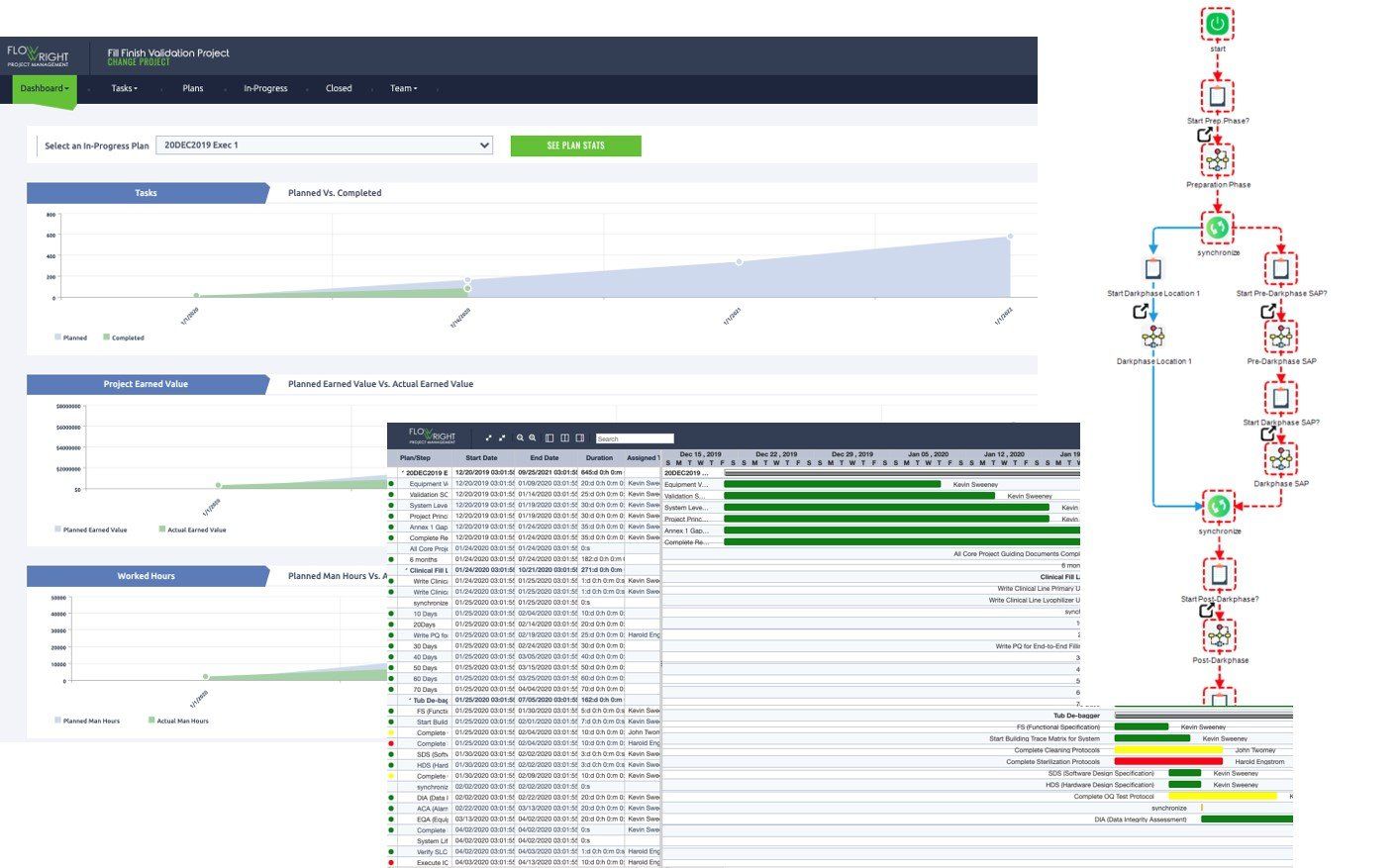Businesses rely on complex workflows to orchestrate everything from customer onboarding to supply chain management. These workflows, often distributed across various systems and services, are the lifeblood of modern operations. However, as complexity increases, so does the risk of hidden bottlenecks, performance degradation, and unexpected failures. This is where workflow observability steps in, offering the crucial visibility, analytics, and optimization capabilities needed to ensure smooth and efficient operations. Our team breaks down why workflow observability is important to understand.
What is Workflow Observability?
Workflow observability goes beyond simple monitoring. It's about gaining a deep, comprehensive understanding of how your workflows function in real-time. It involves collecting and analyzing data from various sources to reveal the internal state of your systems, enabling you to proactively identify and address issues before they impact your business.
Think of it as having a powerful diagnostic tool that allows you to see not just if something is broken, but why and how it's broken. This proactive approach is essential for maintaining operational stability and delivering exceptional customer experiences.
Key Components of Workflow Observability
Workflow observability rests on 5 (five) fundamental pillars:
- Visibility: This involves collecting and exposing relevant data from your workflows. It encompasses:
- Logs: Detailed records of events and actions within the workflow, providing insights into individual steps and their execution.
- Metrics: Quantitative measurements of performance, such as latency, throughput, error rates, and resource utilization.
- Traces: End-to-end representations of requests as they traverse the workflow, showing the path taken and the time spent at each stage.
- Events: Key occurrences within the workflow, such as state transitions, user interactions, and external system calls.
2. Effective visibility requires instrumentation – the process of adding code to your workflows to collect and emit this data. This can be done using libraries, agents, and platform-specific tools.
3. Analytics: Once data is collected, it needs to be analyzed to extract meaningful insights. This involves:
- Aggregation and Correlation: Combining data from different sources to create a holistic view of workflow performance.
- Visualization: Presenting data in a clear and intuitive way using dashboards and charts, making it easy to identify trends and anomalies.
- Alerting: Setting up automated notifications based on predefined thresholds, allowing for proactive issue detection.
- Root Cause Analysis: Investigating the underlying causes of performance problems and failures, using techniques like distributed tracing and log analysis.
4. Analytics tools should provide powerful querying capabilities, allowing you to slice and dice data to answer specific questions about your workflows.
5. Optimization: The ultimate goal of workflow observability is to improve the efficiency and reliability of your operations. This involves:
- Performance Tuning: Identifying and eliminating bottlenecks to reduce latency and improve throughput.
- Resource Optimization: Ensuring that resources are allocated efficiently, minimizing costs and maximizing utilization.
- Error Reduction: Proactively addressing issues to prevent failures and improve overall reliability.
- Continuous Improvement: Using data-driven insights to refine and enhance workflows over time.
Optimization requires a feedback loop, where insights gained from observability are used to make changes to the workflow and its underlying infrastructure.
7 Benefits of Workflow Observability
Implementing workflow observability offers numerous benefits, including:
- Faster Issue Resolution: By providing clear visibility into workflow performance, observability enables faster detection and resolution of problems, minimizing downtime and impact on customers.
- Improved Performance: Identifying and eliminating bottlenecks leads to improved latency and throughput, enhancing the overall efficiency of operations.
- Reduced Costs: Optimizing resource utilization and minimizing errors helps to reduce operational costs.
- Enhanced Customer Experience: By ensuring smooth and reliable workflows, observability contributes to a better customer experience.
- Increased Agility: Proactive issue detection and continuous improvement allow for faster adaptation to changing business needs.
- Enhanced Reliability: By identifying failure patterns, and areas of improvement, systems become more reliable.
- Data-Driven Decision Making: Observability provides the data needed to make informed decisions about workflow design and optimization.
How-to Implement Workflow Observability
Implementing workflow observability requires a strategic approach. Here are some key considerations:
- Define Your Goals: Clearly define what you want to achieve with observability. What metrics are most important? What problems do you want to solve?
- Choose the Right Tools: Select observability tools that align with your needs and technical stack. Consider factors such as scalability, performance, and ease of use.
- Instrument Your Workflows: Add instrumentation to your workflows to collect relevant data. This may involve using libraries, agents, or platform-specific tools.
- Establish a Data Pipeline: Create a robust data pipeline to collect, process, and store observability data.
- Build Dashboards and Alerts: Create dashboards to visualize key metrics and set up alerts to notify you of potential issues.
- Analyze and Optimize: Use the data to identify bottlenecks, optimize performance, and continuously improve your workflows.
- Foster a Culture of Observability: Encourage a data-driven approach to problem-solving and optimization.
Trends of Workflow Observability
Workflow observability is an evolving field, be on the look-out for these trends:
- AI-Powered Observability: Using machine learning to automate anomaly detection, root cause analysis, and performance optimization.
- Contextual Observability: Enriching observability data with contextual information, such as business metrics and user behavior.
- Proactive Observability: Predicting and preventing issues before they occur, using predictive analytics and machine learning.
- Full-Stack Observability: Gaining visibility into all layers of the application stack, from infrastructure to application code.
- Open Standards and Interoperability: Continued development of open standards like OpenTelemetry to ensure interoperability between different observability tools.
Embracing a culture of observability and investing in the right tools and technologies will be crucial for staying ahead in the ever-evolving landscape of modern operations. As workflows become increasingly complex, the insights gained through observability will be essential for navigating challenges and unlocking new opportunities. Ready to see our platform in action? Schedule a demo to explore its features and discover how it can transform your organization’s ROI using workflow automation.







